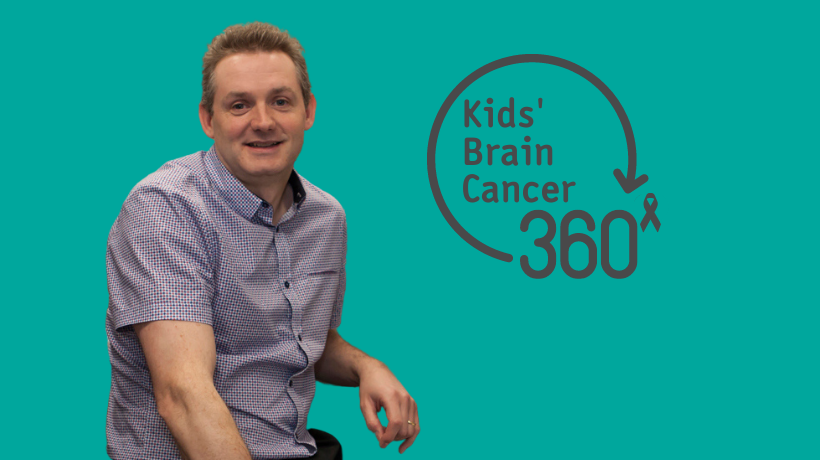
Kids’ Brain Cancer 360 is an editorial series where The Kids’ Cancer Project takes a deep dive into the issues confronting children diagnosed with this, the deadliest disease faced by Australian families today, by speaking with a broad spectrum of carers
Today we hear from Professor Nick Gottardo, Consultant Paediatric Oncologist/Neuro-Oncologist and Head of Department of Paediatric Oncology and Haematology at Perth Children’s Hospital and Co-Head of the Brain Tumour Research Program, Telethon Kids Institute who has dedicated his career to translating ground breaking research in the lab to kinder, more effective treatments for children with brain cancer under his care:
I feel a great sense of optimism in terms of where we are with childhood brain cancers. An enormous amount of progress has been made during the last decade. It feels as if we’ve come out of the wilderness.
We have armed ourselves with an enormous amount of information and we understand the enemies – the tumours – much better than we ever did. And if you know your enemy, you can then devise ways of defeating them.
What has haunted us for decades is not having an understanding of the underlying makeup of the tumours from a biological perspective. But since the mid-2000s, our knowledge base has transformed completely.
There are hundreds of different types of tumours, so what was needed was an international push to create partnerships or alliances that transcended borders. American, Canadian, German, French, Italian, British, Japanese, Australian, New Zealander and more, came together. Suddenly we had a wealth of power because we had the data to find subtleties in some of these tumours.
What we found was that many tumours that came under the label of a single diagnosis actually tend to be a compendium of different tumours at the molecular level. They share an appearance under the microscope, but are distinct in terms of what’s driving them at the molecular level.
Now we’re using that knowledge to try to treat the tumours at the molecular level, not in a uniform way but instead by being smarter about the drugs we use. We’re being more specific to target a weakness in a particular type of tumour. That has only begun happening in the last few years.
This has encouraged a new generation of clinical trials that are moving us much closer to personalised medicine.
This knowledge is also allowing us to turn down the intensity of the treatment, wherever possible, at the same time as being smarter. We’re not just adding toxicity blindly. This is possible because we now know more about each tumour.
Where must we invest? Two areas will change the status quo.
One is the use of clinical trials that are methodical, regulated, ethically appropriate and aligned in terms of purpose and strategic approach around the globe.
The other is in the lab, where everything must be rigorously tested before it comes anywhere near a child.
If we do this right, and we do it in a transparent fashion around the globe, then we have every reason to be optimistic about the future.
